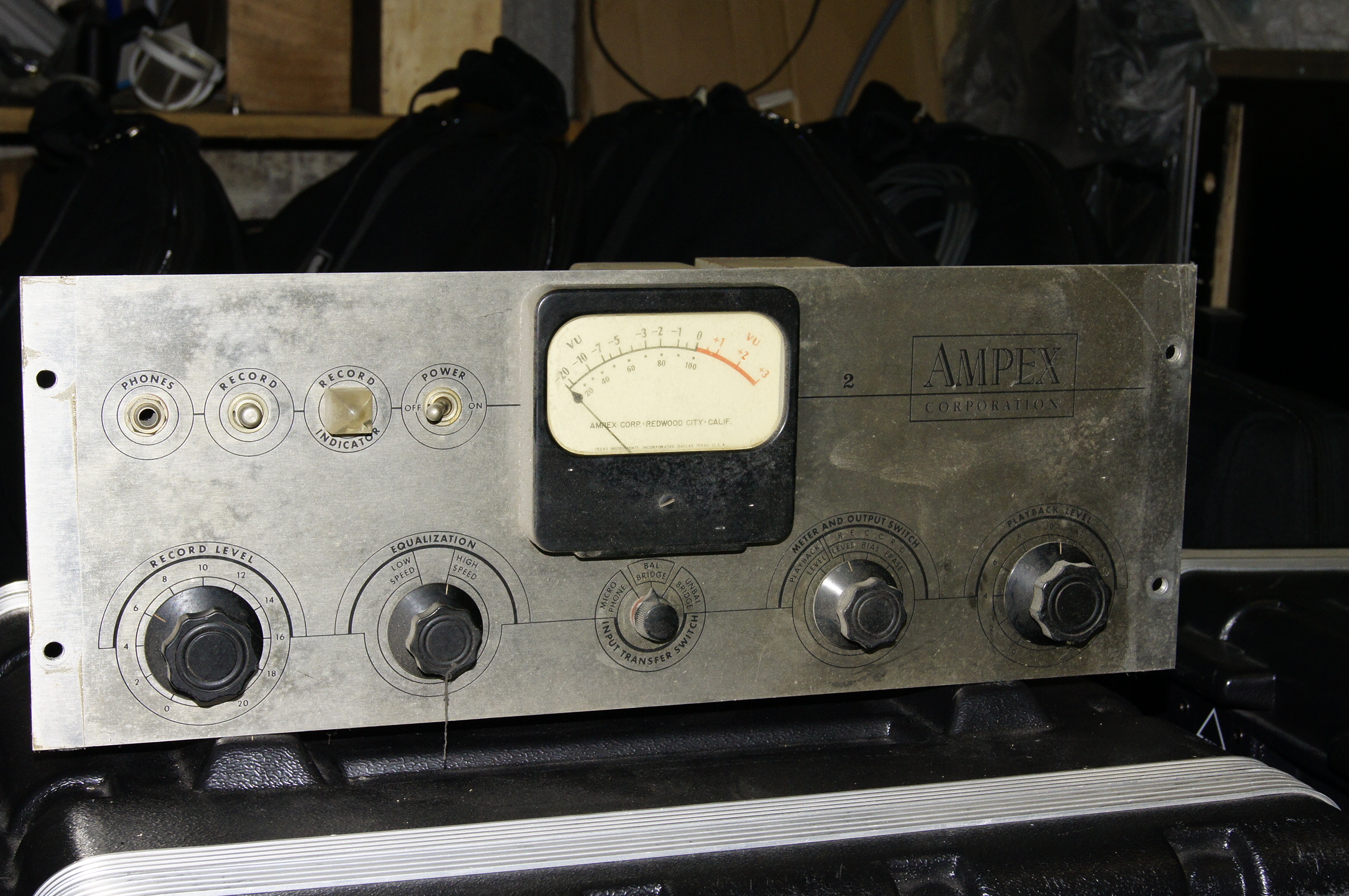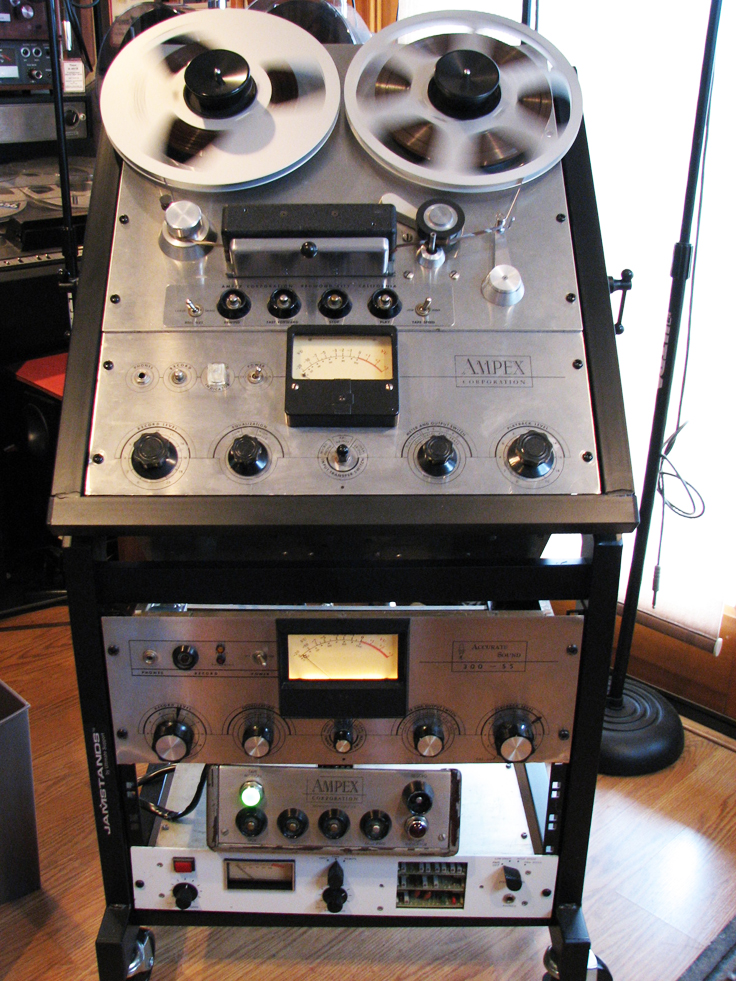

Anyĭates given in square brackets are from another source, often the date on a All dates not in square bracketsĪre from this document, as are all quotations unless otherwise noted. Products is principally the Ampex Fact Book prepared by Ampex in 1970 toĬelebrate the company's 25th anniversary. The source for this chronology of Ampex professional audio and video 5 hours of ocean is very boring to watch.Ĭhronology of Ampex Professional Products This is a good example of where archiving the entire 6 hour tape is notĭesired. When a B-52 left Guam for a bombing run, the record button was activated. It was connected to a video camera that was pointed down. Air Force installed a VR-660 in the tail area of every B-52 used in the I suspect that fiber-optic cables are used in today's In-Flight videoĪnother version of "In-Flight" video was developed by the U.S. Was transferred to another Division of Ampex in another town and never did hear The wiring and monitors were installed by a company that did a Mounted every other seat and on both the left and the right walls of theĪirplane. Ampex bought several hundred small TV monitors that would be This was the power source for the VR-660 helical videotape I built a small box that converted the 28 volts DC aircraft power to 110 We ended up with a compromise-which is what is common today. Large monitor in each cabin-just like the TWA system. The VP set down with me and we had a plan roughed out within an hour of the phone call from Continental. The CEO of ContinentalĬalled the Ampex VP of Engineering and asked if we could develop a videotape system for showing movies. In 1964, TWA had a corner on In-Flight movies. Reply-To: Association of Moving Image Archivists Fast forward and rewind speed were each four minutes.

A rotary transformer in the drum assembly provided increased reliability of signal transmission from the head, according to the company. The video signal to noise ratio is 42 dB. This machine was designed specifically for in education, industry, government, and medicine, with a video response of 3 Mhz and a horizontal resolution of 300 lines. It is was used in closed circuit applications in the medical, educational, industrial, sports and entertainment fields. Two audio channels could be recorded from microphones or other audio sources.

It was described as a portable, transistorized VTR capable of recording and playing back both B/W and color video signals. This is the first color-capable type A VTR, but it required specially modified monitors that could accept an external subcarrier reference. This deck is capable of recording and playing both low and high band, and is capable of a full 4.2 MHz video bandwidth. Ampex VR-660 Recollections of Jim Wheeler


 0 kommentar(er)
0 kommentar(er)
